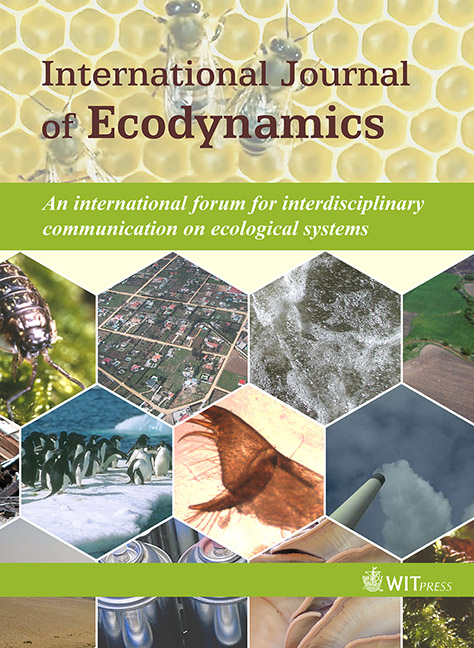Order and chaos in the natural world: Exploring and understanding variability in the lagoon of venice
Price
Free (open access)
Volume
Volume 1 (2006), Issue 4
Pages
8
Page Range
339 - 347
Paper DOI
10.2495/ECO-V1-N4-339-347
Copyright
WIT Press
Author(s)
C. Solidoro, R. Pastres, G. Cossarini, D. Melaku Canu, S. Ciavatta
Abstract
Sometimes it is possible to discover regularities and general principles behind the variability, complexity, and apparent unpredictability of observations of nature. The research of such principles represents a fundamental step toward a keener understanding of the functioning of the real world and is a prerequisite for the sustainable management of natural resources. The lagoon of Venice is the largest in the Mediterranean Sea, and is an example of a complex transitional ecosystem subjected to strong anthropogenic influences. It has been studied by both local and international scientific communities. Only recently, however, have systematic, basin-wide, monitoring and research efforts been taking place. Here we show that differences in meteorological conditions cause substantial interannual variability in the water quality parameters of the lagoon of Venice. Indeed, even though nutrient loads originating in the drainage basin are, on an annual basis, roughly constant, an analysis of the time evolution of the spatial distributions of the concentration of nutrients and chlorophyll reveals remarkable interannual differences, superimposed on a well recognizable seasonal pattern. These differences are related to the amount of rain in spring and summer. In all the three years analyzed, a clear spatial structure is present. The existence of a strong correlation of distribution of trophic variables with salinity and residence times indicates that the lagoon can be described almost <i>in toto</i> by the balance achieved by its freshwater input, tidal flushing, and the annual cycle of solar radiance.
Keywords




